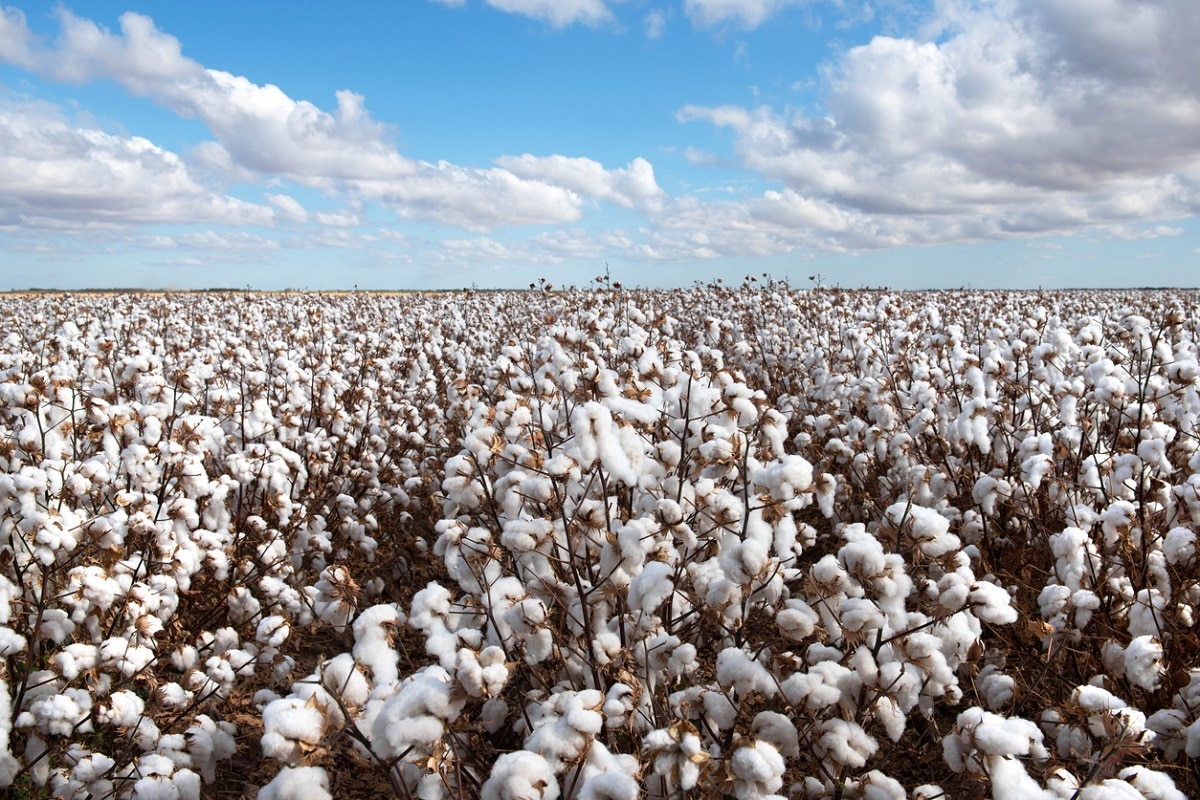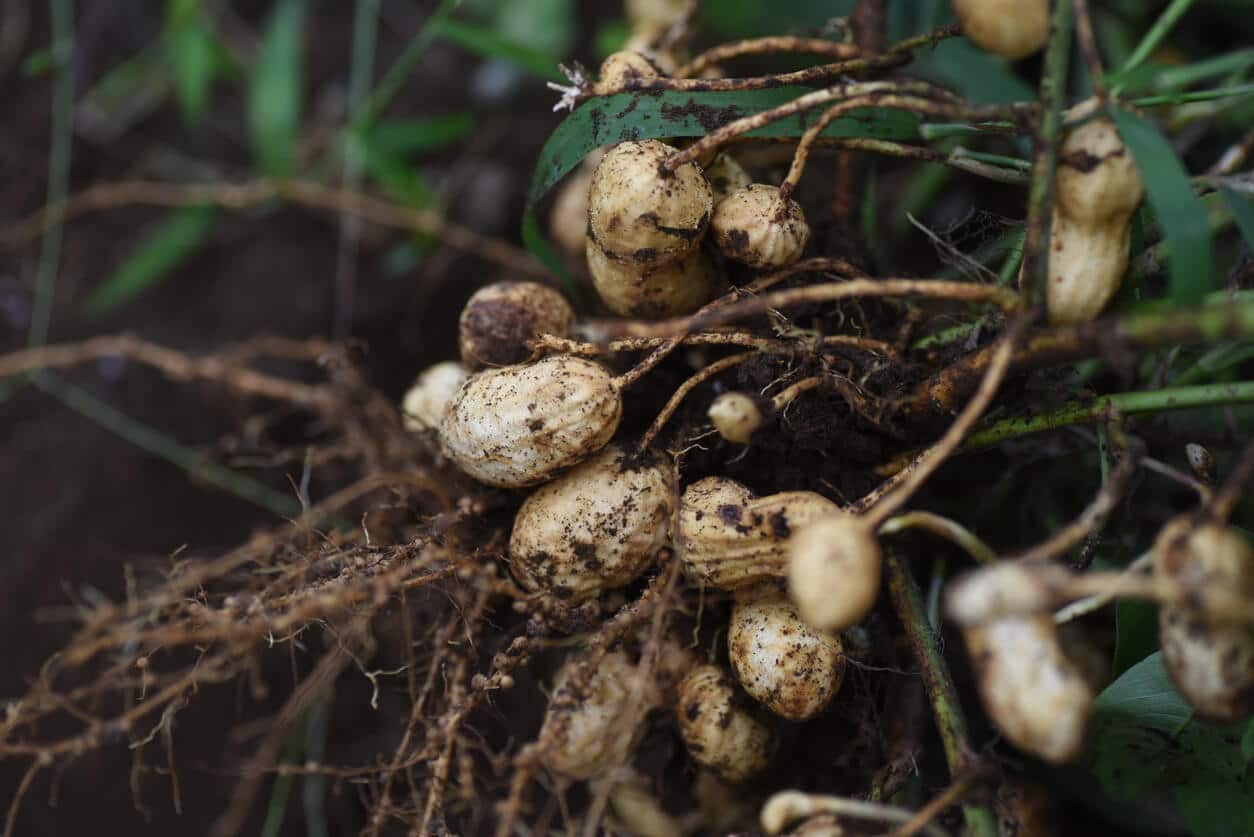HudsonAlpha Institute for Biotechnology teamed up with several partners in a series of research collaborations, grants, and projects. Their mission: to send cotton to space which they can use for genetic sequencing.
Genomics is a tool that can unlock the undiscovered potential of plants. In the case of cotton, gene sequencing can unravel the possibilities of developing varieties with stronger fiber, better droughttolerance or resistance, or even less water consumption. HudsonAlpha Genome Sequencing Center (HGSC) focuses on cotton for genetically-guided improvement. They partnered with Clemson University, Target, and the Center for the Advancement of Science in Space to launch a project that can send cotton to space. Their objective is to compare the differences of space-grown cotton with that from Earth.
HGSC researchers are looking into the idea that cultivating cotton in zero gravity may help them identify and see any alterations in the genetics or epigenetics of transformation that they can use to compare with the cotton grown on earth. HGSC is equipped with advancements in long-read sequencing that can determine subtle differences in detailed genetic information. By identifying these subtle changes in the genomics of cotton grown from different places and environment, the researchers may track down the genetic reasons why a certain crop may regenerate faster, or why it may show hardier drought resistance. This may also lead to finding cotton plants that adopt new traits faster. The identification of faster-transforming plants can help scientists explore the genetic reasons that lead to faster adoption changes. Such information can also be used as leverage on other cotton strains.
Source: ISAAA











